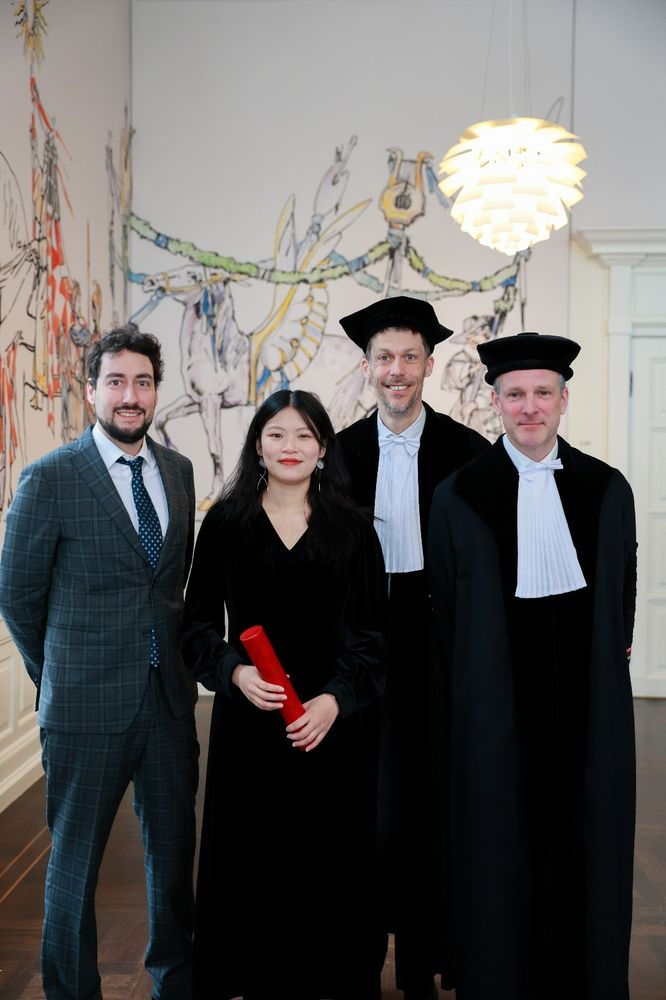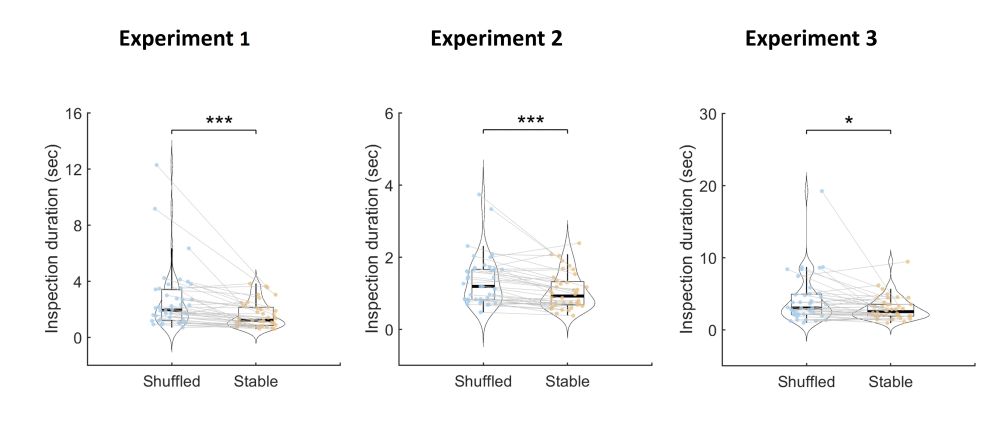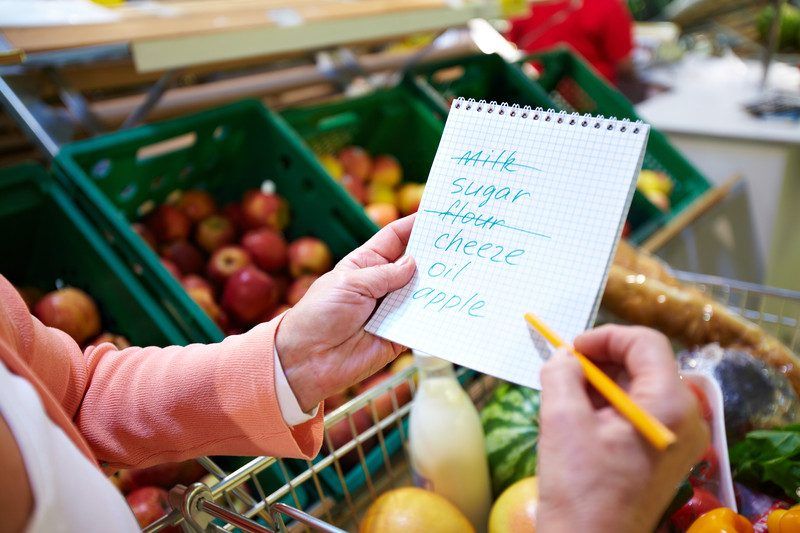@luzixu.bsky.social
55 followers
44 following
15 posts
Postdoc Researcher at The Hong Kong Polytechnic University https://www.decision-neuro.com/ Working on visual attention, awareness, memory & decision making
CAP-Lab: https://www.cap-lab.net/
AttentionLab: https://www.uu.nl/en/research/attentionlab/team
Posts
Media
Videos
Starter Packs
luzixu.bsky.social
@luzixu.bsky.social
· May 29
luzixu.bsky.social
@luzixu.bsky.social
· Apr 23
Reposted







